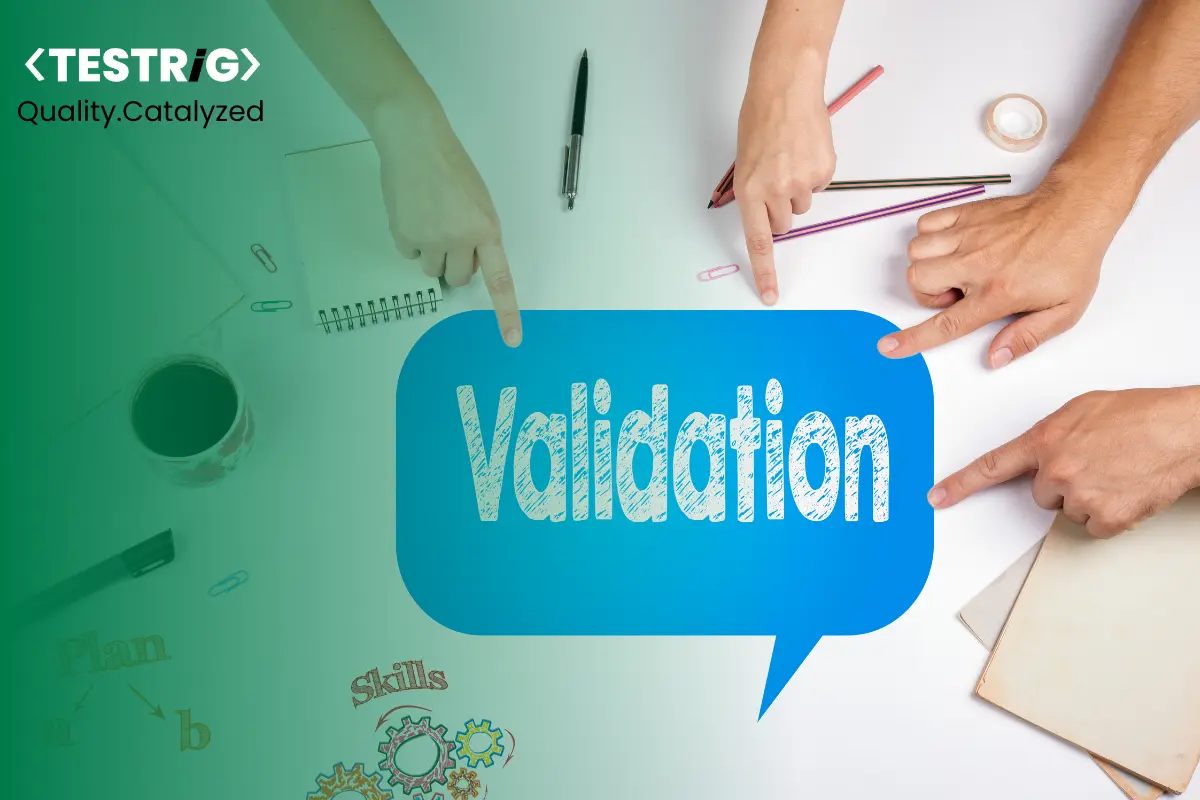
In the dynamic landscape of software development, ensuring that a product meets the expectations and needs of its users is paramount. Quality Assurance (QA) processes play a pivotal role in achieving this objective. Validation testing, a crucial facet of QA, is dedicated to confirming that the software fulfills the intended purpose and aligns with the user’s requirements.
Imagine a scenario where a healthcare app is being developed. Validation testing in this context would focus on verifying that the app effectively stores and retrieves patient data, maintains confidentiality, and delivers a seamless user experience, ensuring it meets the healthcare professionals’ needs.
What is Validation Testing in QA?
Validation testing in QA is the process of evaluating software to ensure that it fulfills the intended purpose and meets user requirements. Unlike verification, which focuses on confirming that the software conforms to specifications, validation ensures that the software meets the customer’s needs. It involves a series of tests conducted to verify whether the software satisfies the end-user’s expectations in real-world scenarios.
The Significance of Validation Testing
Validation testing holds immense significance in the software development lifecycle. It ensures customer satisfaction by validating that the software meets their expectations, enhancing the product’s usability, reliability, and functionality. By conducting thorough validation testing, QA teams can identify and rectify issues that might impact user experience, leading to a higher quality end-product.
Types of Validation Testing
- User Acceptance Testing (UAT): Validation by end-users to ensure the software meets their needs.
- Alpha Testing: Internal QA assessment in a controlled environment.
- Beta Testing: Release to a limited set of external users for feedback gathering.
- Regression Testing: Verifying new changes don’t affect existing functionalities.
- Smoke Testing: Quick checks ensuring core functions work without issues.
Difference between Verification and Validation
| Verification | Validation |
| Confirms whether the software adheres to specified requirements and specifications. | Ensures that the software meets the user’s actual needs and expectations. |
| Focuses on checking if the software was built correctly. | Focuses on checking if the right product was built. |
| It occurs during the early stages of development. | Typically occurs towards the end of the development cycle. |
| Involves activities like reviews, inspections, and walkthroughs. | Involves activities such as testing, user feedback, and acceptance testing. |
| Aims to answer: “Are we building the product, right?” | Aims to answer: “Are we building the right product?” |
| Done by the development team. | Often involves end-users or stakeholders. |
| Example: Code reviews, requirement analysis, design inspections. | Example: User acceptance testing, usability testing, beta testing. |
Conclusion
Emphasizing validation testing not only enhances software quality but also builds trust and credibility, establishing a strong foothold in the competitive software development landscape. The integration of robust validation processes is key to ensuring software success and meeting user needs effectively.
Looking for unparalleled software testing solutions? Why not partner with Testrig Technologies? As a seasoned expert in quality-driven software testing services, we are here to elevate your software’s performance and reliability. Our team’s industry expertise and cutting-edge technologies ensure meticulous execution and flawless software delivery. With a suite of services covering functional, performance, security, and usability testing, let’s embark together on a journey toward software excellence. Ready to unleash your software’s full potential? Connect with Testrig Technologies today!